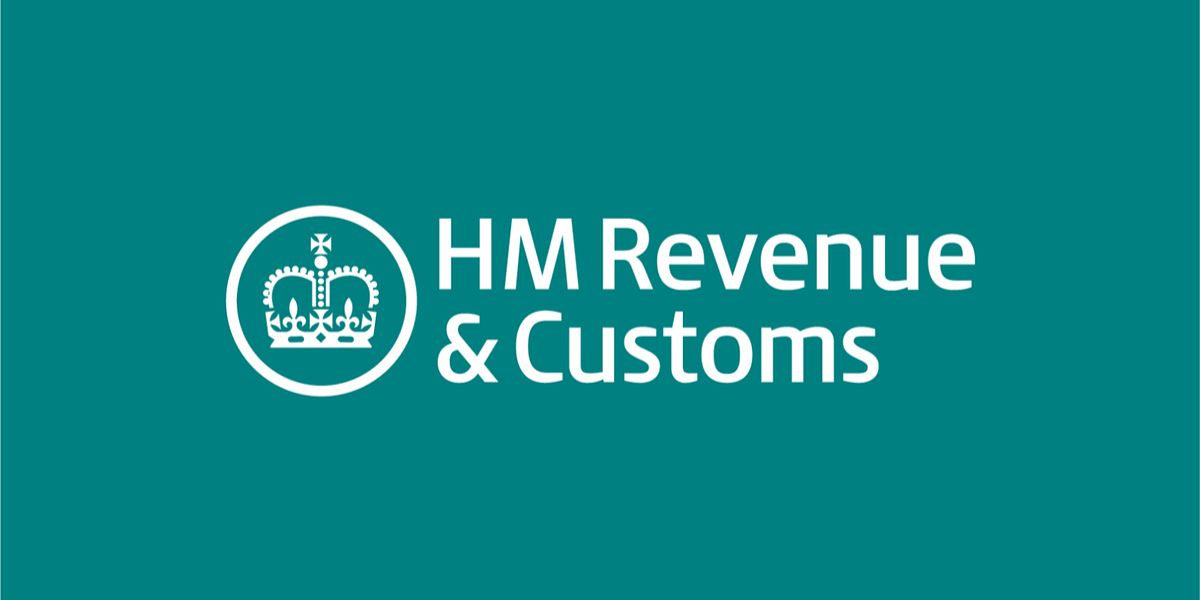On 12 November 2020 the UK government published draft legislation aiming to prevent the abuse of research and development (R&D) tax relief by small and medium companies (SMEs). This follows extensive consultation on the issue.
The SME R&D tax credit supports loss-making companies by allowing them to claim a tax credit up to 14.5% of the R&D part of their surrendered tax losses and obtain a cash-flow benefit. HMRC considers however that this tax credit has been exploited for fraud and abuse. The draft legislation therefore aims to ensure that the tax credit is targeted to the intended purpose which was to incentivise firms to invest in R&D.
The legislation limits the amount of R&D tax credit claimed by an SME to GBP 20,000 plus 300% of the taxpayer’s total liability to Pay as you Earn (PAYE) and National Insurance Contributions (NICs) in the relevant period.
The total of PAYE and NIC to which the multiplier is applied is referred to in the legislation as the company’s relevant expenditure on workers for payment periods that end in the relevant accounting period.
Relevant expenditure on workers is defined for the purpose of the legislation as the company’s total PAYE and NIC liabilities for the period (not just PAYE and NIC associated with its R&D) plus some PAYE and NIC liabilities of connected persons performing subcontracted R&D for the company or providing workers to the company.
There is a provision to prevent any PAYE or NIC liabilities counting towards more than one company’s cap, so there can be no double counting.
There is an exemption from the cap for a company whose employees are creating or managing Intellectual Property (IP). The exemption applies if those activities are carried out mainly by employees of the company, and the company must have the right to exploit the intellectual property. Expenditure by the taxpayer must not be more than 15% of its qualifying R&D expenditure on subcontracting R&D to connected persons or on the provision of externally provided workers by connected persons.
The measures are effective for accounting periods beginning on or after 1 April 2021.


















